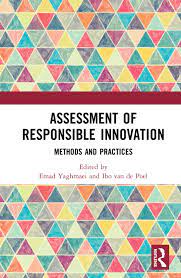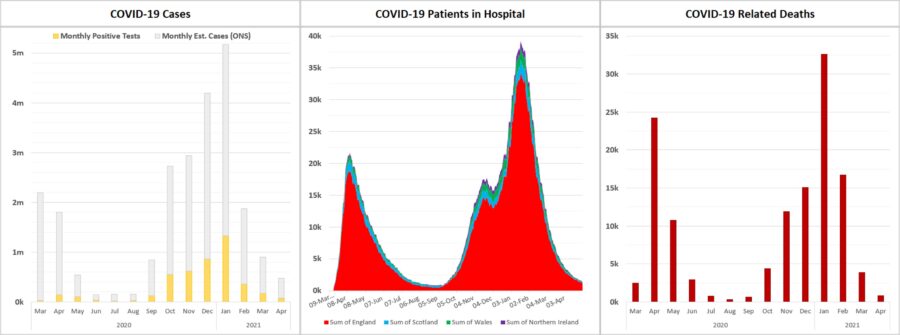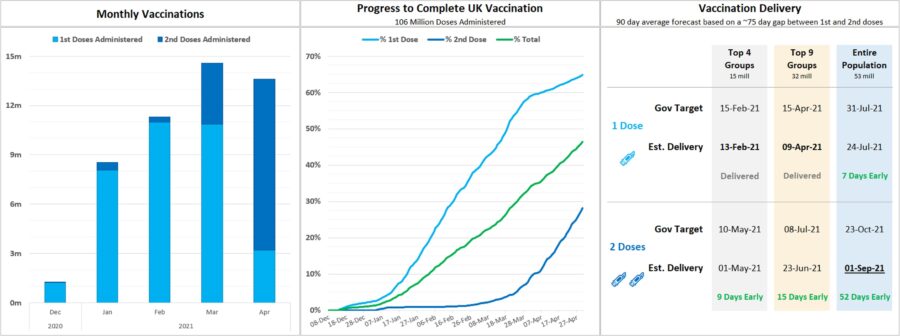
A lucky discovery
I have just read a Special Issue of the Journal of Responsible Innovation all about the role of luck in science that raises some interesting and entertaining questions about responsibility. One of the events that is often discussed in the field of ‘science and luck’ (oh yes, there is a field), is that of Alexander Flemming’s discovery of penicillin.
Fleming was lucky enough to be able to take a holiday from his work in St Mary’s Hospital in 1928, and rushed out of the lab leaving some of his dishes unwashed that he had been using to do some experiments with a bacteria that causes boils, sore throats and abscesses.
When he returned, refreshed, and started to tidy up, he noticed that one of the dishes had some mold growing on it, and around the mold was clear. No bacteria! Maybe the mold was producing something that was able to kill the bacteria!
Fleming called it mold juice, and he discovered that it worked against lots of bacteria, but it was unstable and difficult to work with. It was only really of interest because it could be used to isolate different forms of bacteria, so those that were sensitive to the mold juice substance (something that we call penicillin) from those that were not.
It could have all stopped there, but a team in Oxford discovered that if they gave the substance to mice it seemed to work against streptococci, so they tried it on a person, a police officer with a badly infected cut. It seemed to work, but they did not have enough material to continue the treatment, and unfortunately the patient died after they had to stop treatment.
Unlucky for him.
11 years had passed by this point, but times had changed with the Second World War well underway. The Brits were busy with the war effort, so the researchers contacted their colleagues in the USA to see if they would be interested in continuing the work. They took it on and started to look for more efficient production methods, and more productive strains to develop.
Well, what would you know, they found a moldy cantaloupe in a Peoria fruit market that seemed to work fantastically.
As the US joined the war there was a push to scale up production, and within 3 years the pharmaceutical companies had produced enough (and tried it out enough on injured soldiers) to supply the allied armies with enough to treat all the seriously wounded troops from D-Day.
A Lucky Boy
Fleming was given the Nobel Prize, and today we all know his name. But we might say that he was a lucky boy. His discovery was at least partially beyond his control after all. If he had cleaned up properly before his holiday the world might be a very different place today.


